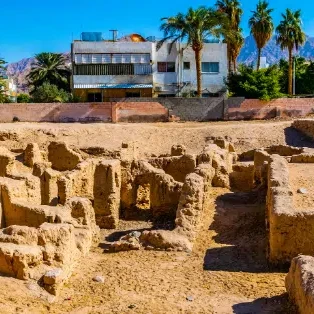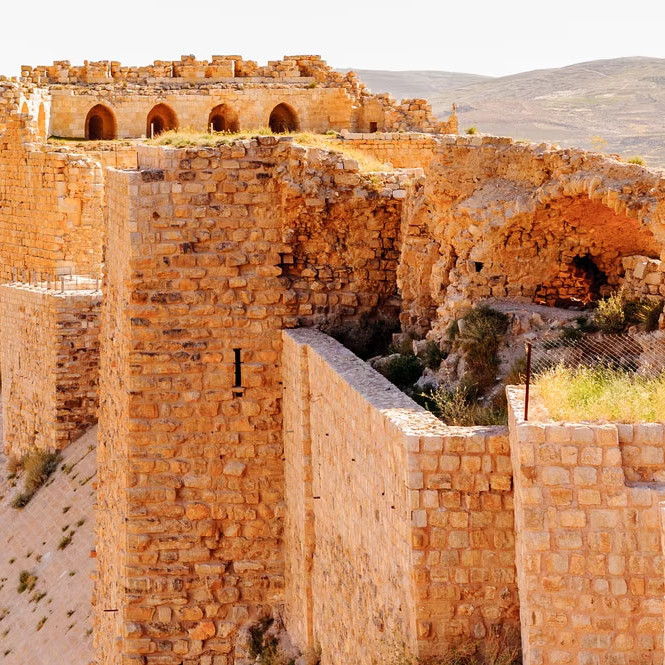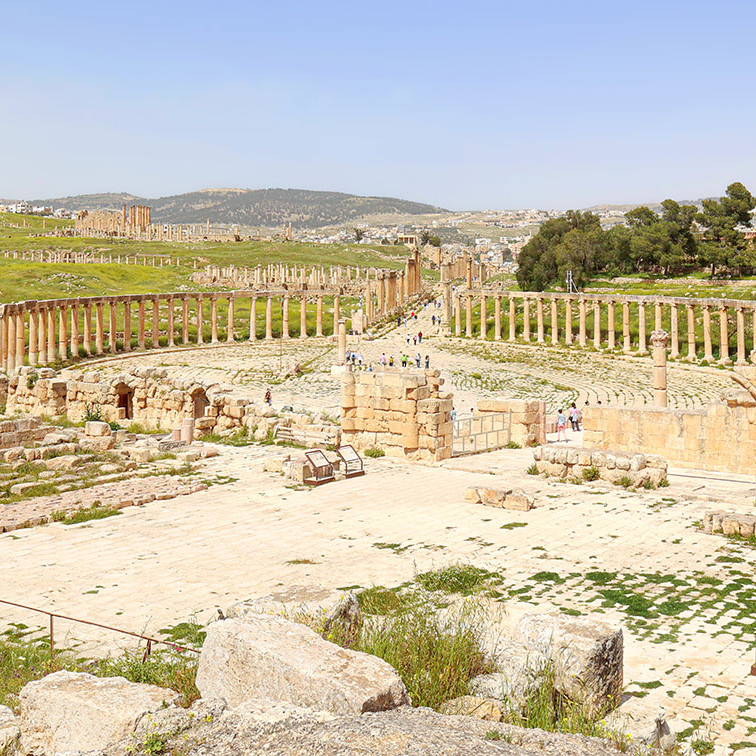
Ruins of the City of Ayla
The remains of an early Islamic port city on the edge of modern Aqaba
Just north of Aqaba’s modern waterfront lies one of the most historically significant sites in the city: the Ruins of Ayla. Built during the early Islamic period, Ayla was one of the first purpose-built Muslim cities outside of the Arabian Peninsula. What remains today—stone foundations, walls, gates, and a visible street grid—offers a quiet window into Aqaba’s earlier urban past.
A Brief History
Ayla was established in the 7th century under the Umayyads, likely around the reign of Caliph Uthman ibn Affan. Located at the crossroads of trade and pilgrimage routes, it served both as a port city and a regional administrative center.
By the 12th century, Ayla was abandoned—possibly due to changing trade patterns, seismic activity, or attacks during the Crusades. Over time, newer layers of Aqaba were built around and beyond it, but the original city walls and layout were eventually uncovered in archaeological excavations in the 1980s and 1990s.
What You’ll See
The site covers a small but clearly defined area, with several architectural features still visible at ground level:
- City walls: Stone outlines marking the original rectangular perimeter.
- Gates and towers: The four main city gates (one per wall) are still partially intact.
- Street grid: The original intersecting roads, forming a basic urban plan.
- Foundations of mosques and houses: Including what is believed to be the Friday Mosque of Ayla, identifiable by its mihrab (prayer niche).
- Interpretive panels: A few signs explain the layout and historical significance, helping visitors visualize the original function of the structures.
Layout and Experience
The ruins are open-air and unfenced, set just off a busy roundabout near Aqaba’s city center. You can walk around freely, with paths leading through and around the site. Though the structures are low to the ground, the preserved grid and foundations give a clear sense of how the city was organized.
There’s no ticket office or visitor center, and visits are generally informal. Most people spend about 20–30 minutes walking through.
Nearby Context
The Ruins of Ayla sit within walking distance of several other key sites in Aqaba, including the Aqaba Fort, the Archaeological Museum, and the city’s public beach. Together, they trace the region’s layered identity—from early Islamic city planning to Ottoman fortifications and modern development.
Location
Hours
Open Wednesday – Monday 8:00 AM–8:00 pm / Tuesday 1:00 pm – 8 pm
Entrance Fee
Free admission
Are you ready to start discovering Jordan?
I decided to book a tour when I went to Jordan and they simplified my planning and enhanced my travel experience ! I’m leaving the link to the tour below in case you are interested!
More things to do in Jordan
Souk Jara: A Summer Market Full of Local Flavor in Amman
Discover Souk Jara, Amman's vibrant outdoor market where local artisans, food vendors, and musicians gather every…
Everything You Need to Know About Visiting the Dead Sea from Jordan
Curious about floating in the Dead Sea? Discover why it’s called “dead,” how long you can float, what to do there, and…
Kerak Castle: A Fortress Above the Clouds
Kerak Castle is a large Crusader castle located in the town of Kerak in central Jordan. It is one of the most…
Ruins of Jerash
Step back in time at Jerash, one of the best-preserved Roman cities outside of Italy. Discover what to see, tips for…
The Roman Theater in Amman: A Glimpse Into Jordan’s Ancient Past
Discover the Roman Theater in Amman—one of Jordan’s most iconic landmarks. Explore its history, what to expect during…
Ajloun Castle: A Day Trip into Jordan’s Crusader Past
Explore Ajloun Castle in northern Jordan—an epic 12th-century fortress with sweeping hilltop views. Learn its history,…
Petra: Jordan’s legendary rock-cut city
Explore the ancient wonder of Petra, Jordan’s iconic “Lost City.” Discover travel tips, must-see sites, and what makes…
Madaba Archaeological Park
The Madaba Archaeological Park in Jordan preserves mosaics, ancient roads, and historic buildings from Roman,…










